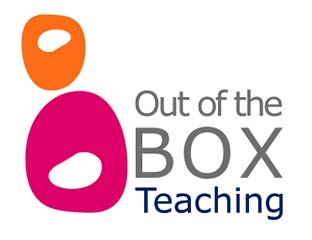‘I have NO idea!’ is a response I often hear from students when we begin working together, and I ask them to solve a multi-step problem. ‘That’s it – full stop – no further thinking about it – I am done here.’
Boosting their confidence with encouragement like ‘Come on, you can do it!’ is the first obvious advice for students struggling with these tasks, followed by repeated reminders to read the question properly and break it down. When the issue is persistent, students are often encouraged to strengthen their working memory.
A powerful method to help the student progress is to expose them to a wide variety of tasks and questions which are unknown to them and they haven’t faced before. They are then able to learn how to use the knowledge that they’ve previously gained and apply it to a new concept. The process involves identifying relevant details, assessing existing knowledge, and gaining perspective.
Sophie, 15 (not her real name), received a diagnosis of working memory deficiency. Despite the suggestions in the specialist report, her parents still didn’t know how to effectively help Sophie in the long term. During our initial assessment, I found that Sophie faced a common problem among students – she had only dealt with a few scenarios before, so she struggled with tasks outside her usual experience. The pressure to solve these new problems without the right strategies made her feel confused and inadequate.
Effective Strategies
When solving a problem under pressure, we typically don’t view it as a unique set of circumstances. Instead, stress can lead us to believe that we must know all the steps from the beginning and tackle them all immediately.
In a learning situation, creating a supportive environment is crucial for students so they can relax, access their knowledge, and learn to give themselves time to think through the problem and what they already know.
Here are some effective techniques I used to begin addressing Sophie’s academic challenges. Additionally, I’ve included a subsection on ‘transferable life skills’ for each strategy to illustrate how these techniques can be applied in real-life scenarios.
Breaking down questions:
- Deconstructing problems/questions into more digestible components.
- Identifying relevant information.
- Advanced step: finding a structured approach to addressing each component
- Transferable life skills: this approach is useful when faced with complex tasks that might initially seem overwhelming or unclear.
Flexible approaches:
- Remaining open-minded and receptive to alternative solutions.
- Recognising that there’s often more than one path to success/solving the problem.
- Advanced step: experimenting with different strategies.
- Transferable life skills: ability to navigate complex situations with creativity.
Active Learning:
- Engaging with the material actively by summarising or teaching it to someone else.
- Working on interest-led projects where the students can express themselves freely and creatively without worrying about getting something wrong.
- Advanced step: varying the types of exercises.
- Transferable life skills: the ability to extract the most important information and switch flexibly between tasks, both key aspects of executive functioning.
Learning these approaches cultivates valuable life skills. Being prepared to face complexity while remaining open to new possibilities allows individuals to navigate their path with meaning and purpose.
